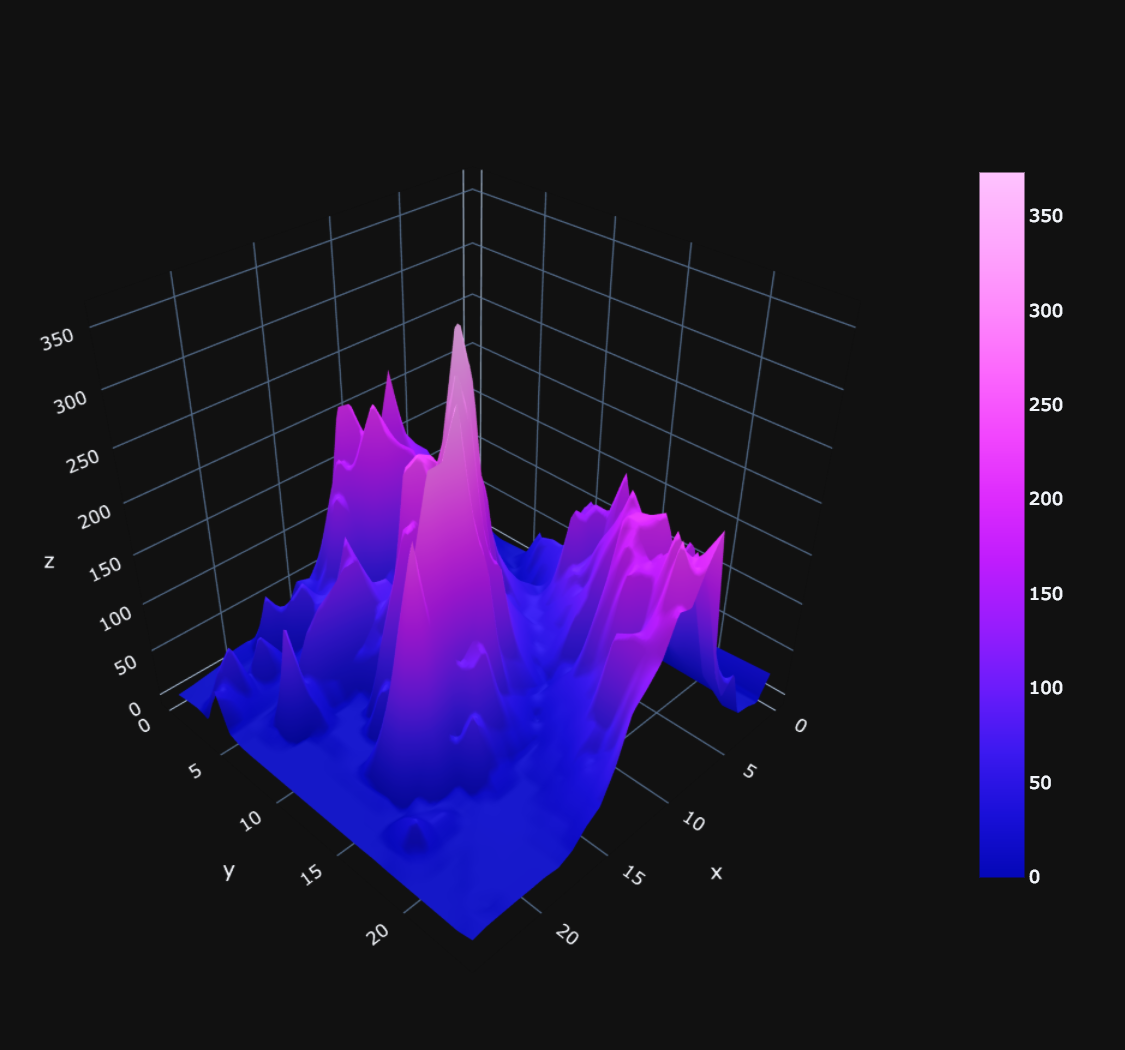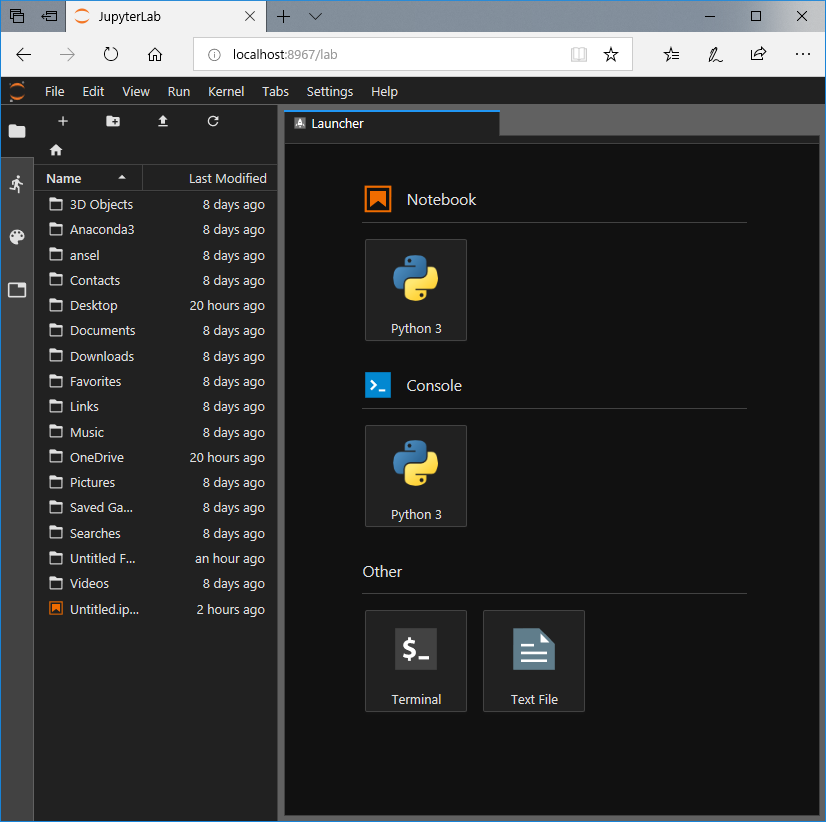

I tried several, but only theme: JupyterLab Dark. To find its location, you can run jupyter labextension list to figure out where the labextensionsįolder is located. And type your theme name in the User Overrides and press the check-mark at the right of the string. In development mode, you will also need to remove the symlink created by jupyter labextension developĬommand. Or jupyter labextension uninstall jupyterlab-theme-solarized-dark Next, let’s explore a feature every IDE must have smart coding assistance. Restartable Workspaces allow the setting to persist for the lifetime of the Workspace, but its not permanent (this applies to Domino 4.4 and older versions. To be clear, I prefer white backgrounds on visualizations for publications, but can’t stand them when working at night. Make Dark Theme default in JupyterLab Bjorn Robertsson 6 months ago Updated Follow You want to make Dark Theme your default theme, but it does not persist across starting your Workspace. To also generate source maps for the JupyterLab core extensions, you can run the following command: jupyter lab build -minimize=Falseĭevelopment uninstall pip uninstall jupyterlab_theme_solarized_dark That’s the thing that always bothered me with JupyterLab and dark themes. Refresh JupyterLab to load the change in your browser (you may need to wait several seconds for the extension to be rebuilt).īy default, the jlpm build command generates the source maps for this extension to make it easier to debug using the browser dev tools. With the watch command running, every saved change will immediately be built locally and available in your running JupyterLab. # Watch the source directory in one terminal, automatically rebuilding when needed You can watch the source directory and run JupyterLab at the same time in different terminals to watch for changes in the extension's source and automatically rebuild the extension. # Rebuild extension Typescript source after making changes # Link your development version of the extension with JupyterLab # Change directory to the jupyterlab_theme_solarized_dark directory # Clone the repo to your local environment

The jlpm command is JupyterLab's pinned version of

Note: You will need NodeJS to build the extension package.

#JUPYTERLAB DARK THEME INSTALL#
Or install it as a source extension: jupyter labextension install jupyterlab-theme-solarized-darkĪpply the theme by checking Settings -> Jupyterlab Theme -> Jupyterlab Solarized Dark To install it as a prebuilt extension (requires JupyterLab >= 3.0): pip install jupyterlab_theme_solarized_dark
#JUPYTERLAB DARK THEME CODE#
To use, I would recommend copying the entire block of code from the dark index.css or light index.css file above and pasting it under your own index.css file, and comment out what's originally there, in case anything breaks, or if you like totally hate itĪfter saving the file, there's no need to rebuild jupyter lab (in fact, this would just overwrite all your changes and re-download the original *.JupyterLab 2.x / 3.x Solarized Dark extension. I have two themes for dark mode, one is based off of rainglow's frantic contrast rainbow theme, and the other a very different version of VSCode's Rouge Theme. Storage for light theme (modified layout and accent colors), jupyter build deleted previous copy!įor me, the index.css file was in (note that the sign should have a forward slash before it \ if typing directly into terminal)Ĭurrent colors are a blend of VSCode's Rouge2 theme and personal preference
#JUPYTERLAB DARK THEME HOW TO#
The original dark theme is a bit too jarring for me, but I don't know how to actually create a new theme, so I've just changed the colors in the "JupyterLab Dark" theme's index.css file manually


 0 kommentar(er)
0 kommentar(er)
